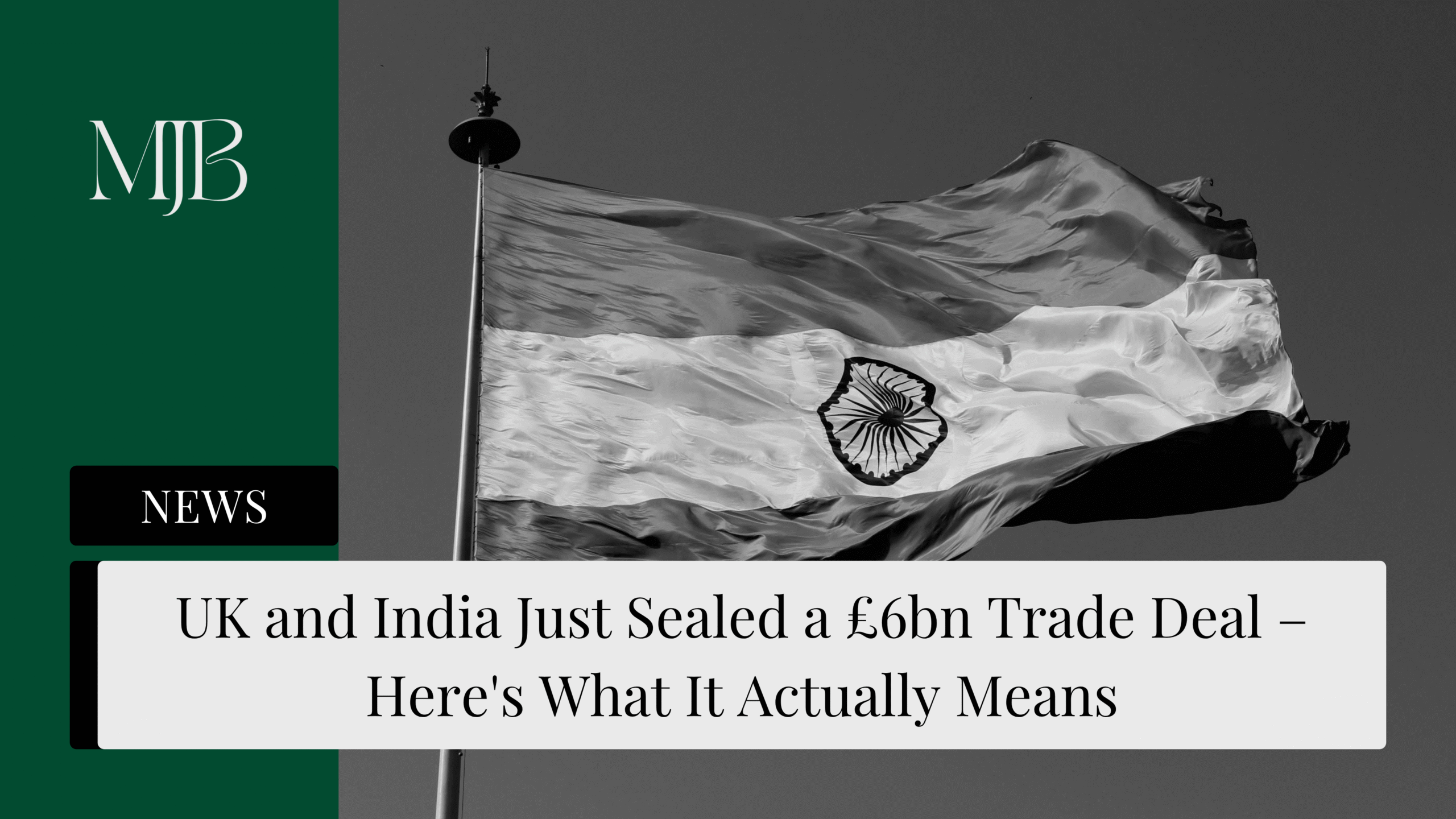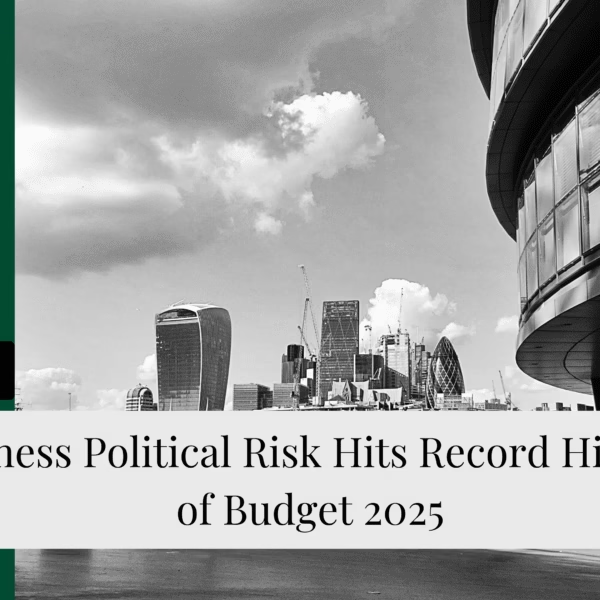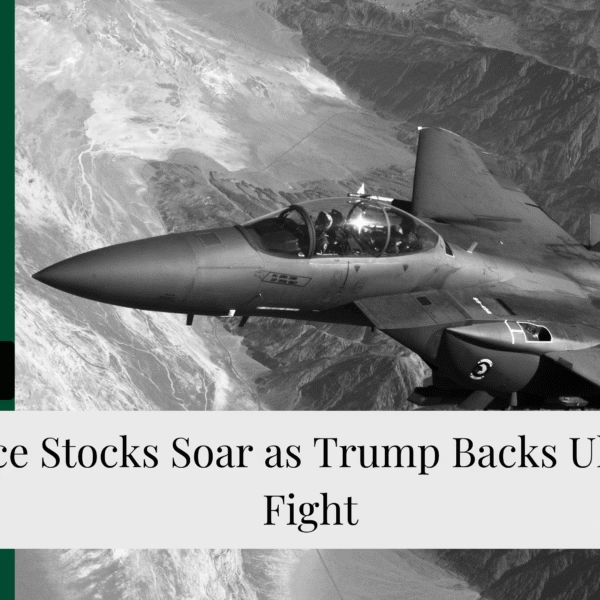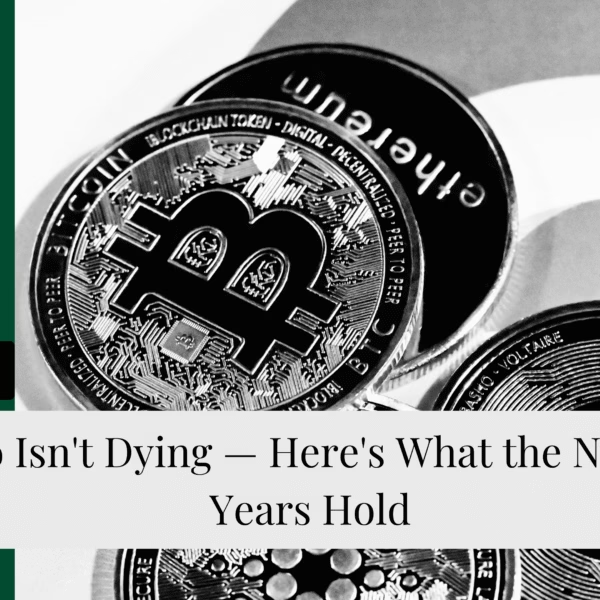Ever wondered what £6 billion in trade looks like? Well, the UK and India just found out. After three years of back-and-forth negotiations, Keir Starmer and Narendra Modi finally shook hands on what’s being called a “historic” trade agreement. But beyond the political fanfare, this deal could reshape how British whisky flows into Mumbai and how Indian tech talent lands in London. Here’s the breakdown of what actually matters for your wallet and the wider economy.
The Numbers That Actually Matter
Let’s cut through the jargon. This UK-India trade deal slashes tariffs from 15% down to just 3% on average. That’s no small change – we’re talking about 90% of UK goods getting cheaper access to India’s massive market.
The big winners? Whisky distillers and car manufacturers. Import taxes on British spirits will drop from 150% to 75% immediately, then slide to 40% over the next decade. Meanwhile, UK carmakers will see tariffs tumble from 110% to just 10% – though there’s a catch with quotas limiting how many vehicles get the discount.
The government’s betting this translates to £25.5bn in annual bilateral trade eventually. Bold prediction? Maybe. But with 85% of tariff lines disappearing entirely within 10 years, the math starts looking interesting.

The Labor Market Twist Everyone’s Talking About
The deal includes provisions allowing Indian workers to transfer to UK offices without their employers paying national insurance. Sounds reasonable until you remember the UK just hiked national insurance rates in April.
Critics are raising eyebrows, arguing this creates an unfair advantage for hiring Indian staff over British workers. It’s a classic trade-off scenario – lower costs for businesses, but potential displacement concerns for local employment.
What Didn’t Make the Cut
Notable absence? Financial services. Despite the City of London being a global financial powerhouse and India’s economy growing at breakneck speed, meaningful progress on banking and professional services cooperation got shelved for future discussions.
That’s a missed opportunity considering how much revenue flows through London’s financial district and India’s appetite for sophisticated financial products.

The Reality Check
Modi called this “a blueprint for shared prosperity,” while business leaders are throwing around phrases like “golden era.” But let’s be honest – trade deals live or die in the implementation details.
The real test comes when British exporters actually try to navigate India’s complex regulatory environment, and when Indian companies attempt to establish meaningful UK operations beyond the headline-grabbing provisions.
What This Means for You
If you’re in manufacturing, automotive, or spirits, this could open doors to India’s 1.4 billion consumers. If you’re worried about job competition, the labor provisions deserve watching. And if you’re an investor, keep an eye on companies with significant UK-India exposure – they might just benefit from reduced friction in cross-border operations.
The deal’s success ultimately depends on businesses actually using these new opportunities rather than letting them gather dust in regulatory filing cabinets.
FAQ
Q1: How long did this UK-India trade deal take to negotiate?
A: Over three years of discussions finally wrapped up with this agreement. The framework was first announced in May before being finalised recently.
Q2: Will British whisky really become cheaper in India?
A: Yes, but gradually. Import taxes drop from 150% to 75% immediately, then fall to 40% over the next decade. Still expensive, but more accessible than before.
Q3: Does this trade deal affect British jobs?
A: The labour provisions allowing Indian workers to transfer without employers paying UK national insurance have sparked concerns about potential displacement of British workers, especially given recent national insurance increases.
Q4: What about financial services in this deal?
A: Financial and professional services didn’t make meaningful progress in this agreement. Both countries agreed to continue discussions about lowering barriers between the City of London and India’s growing financial sector.
Q5: When do these changes actually take effect?
A: The deal is signed and ready for implementation, with immediate tariff reductions on some goods and a 10-year timeline for the full benefits to materialise.
DISCLAIMER
Effective Date: 15th July 2025
The information provided on this website is for informational and educational purposes only and reflects the personal opinions of the author(s). It is not intended as financial, investment, tax, or legal advice.
We are not certified financial advisers. None of the content on this website constitutes a recommendation to buy, sell, or hold any financial product, asset, or service. You should not rely on any information provided here to make financial decisions.
We strongly recommend that you:
- Conduct your own research and due diligence
- Consult with a qualified financial adviser or professional before making any investment or financial decisions
While we strive to ensure that all information is accurate and up to date, we make no guarantees about the completeness, reliability, or suitability of any content on this site.
By using this website, you acknowledge and agree that we are not responsible for any financial loss, damage, or decisions made based on the content presented.






